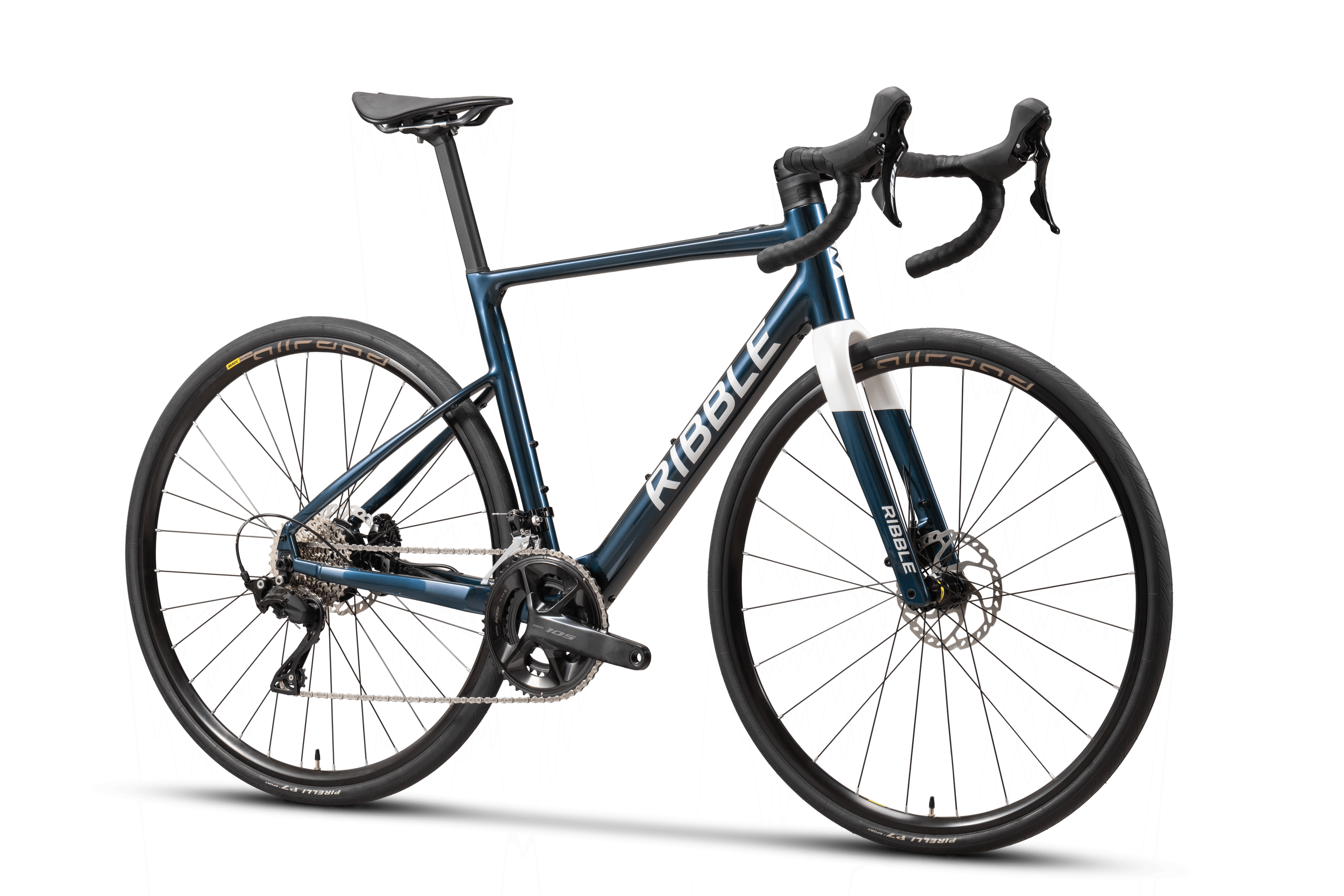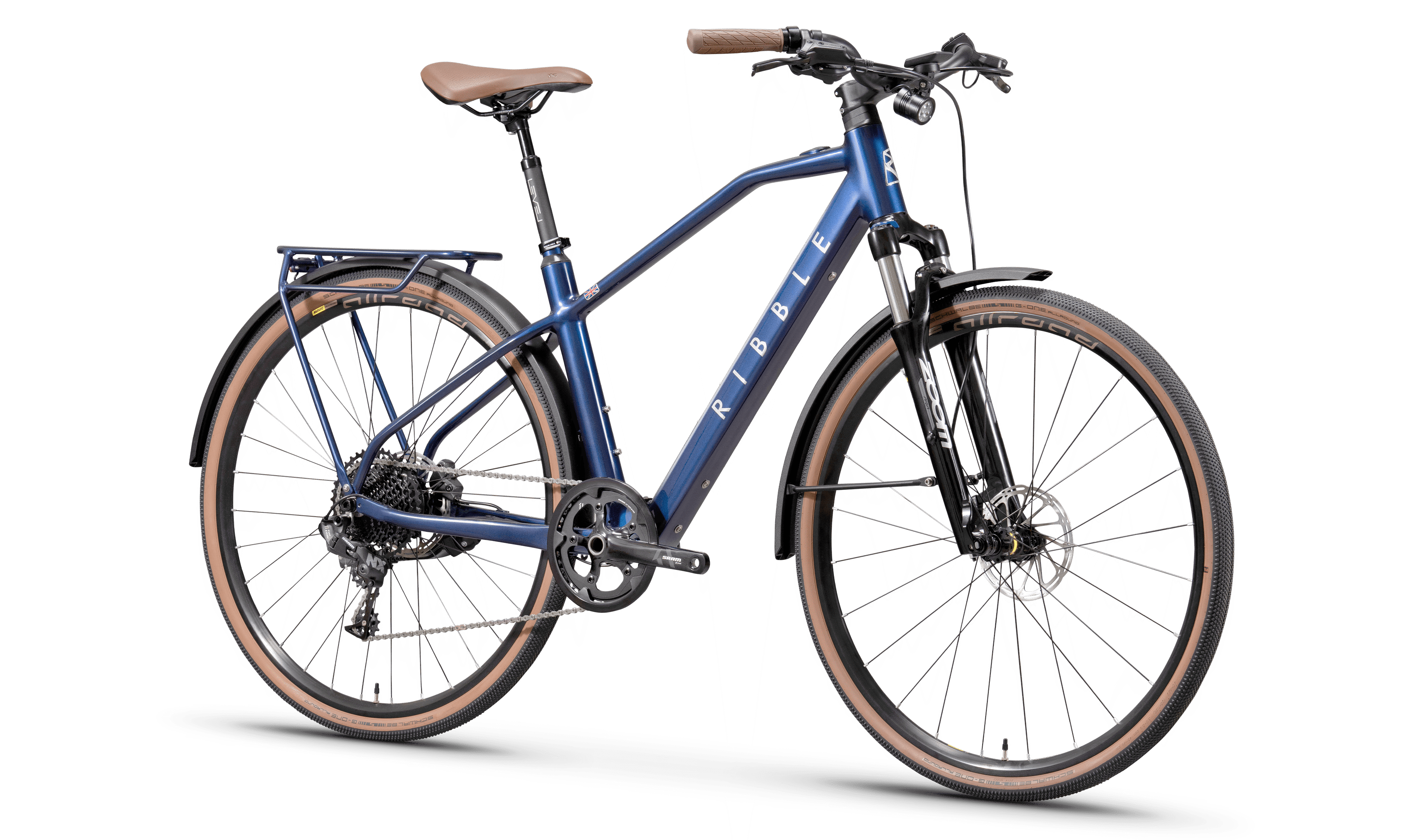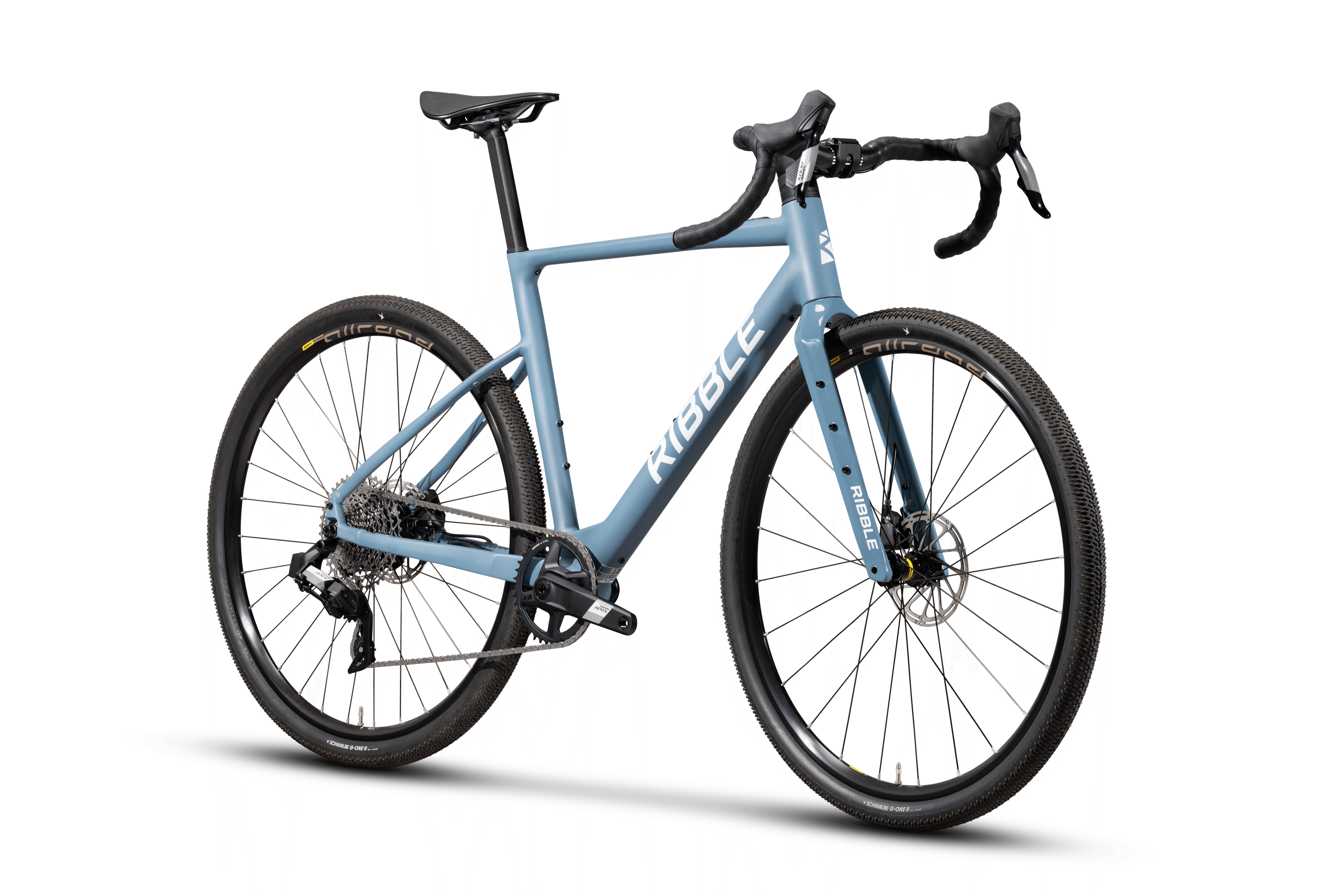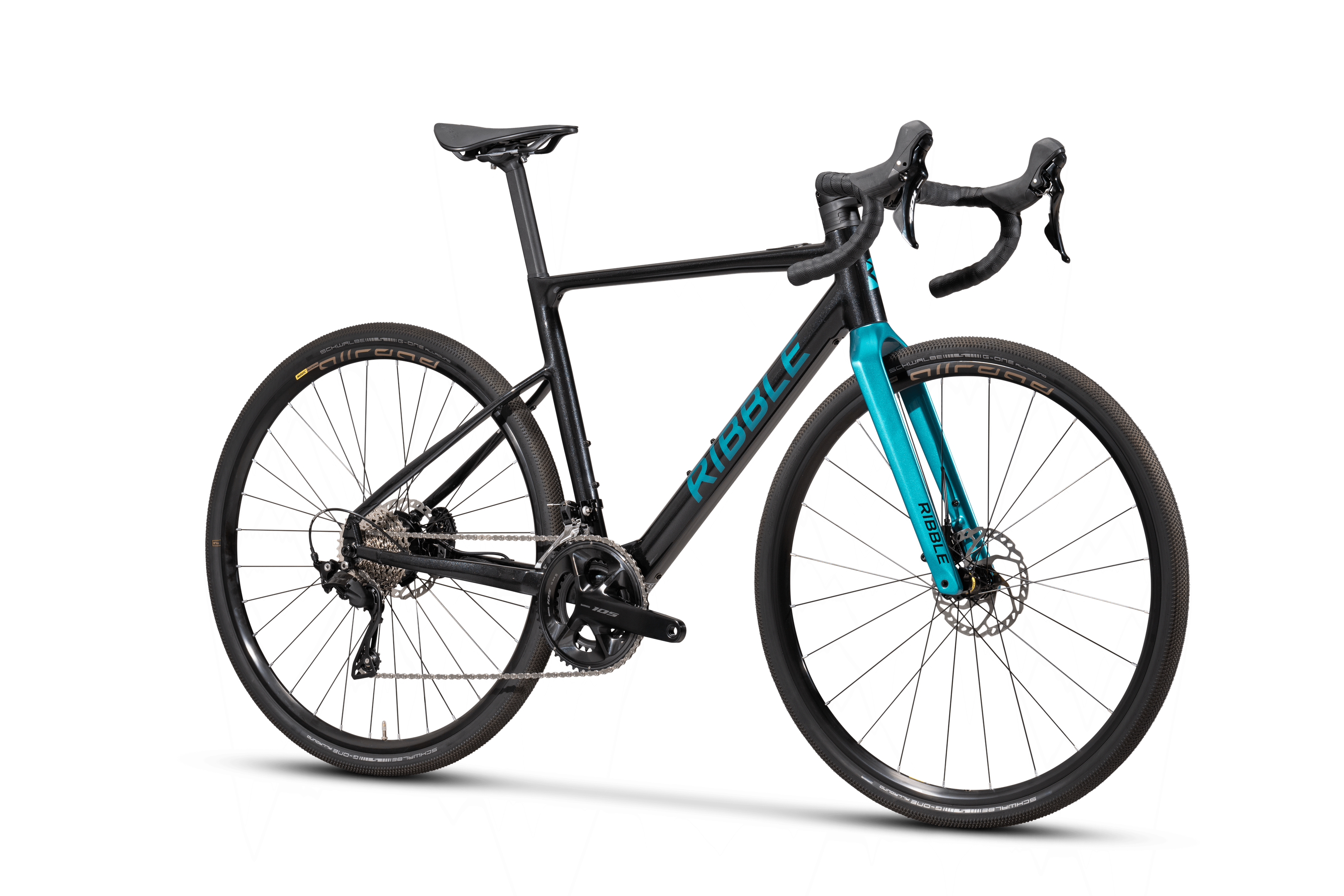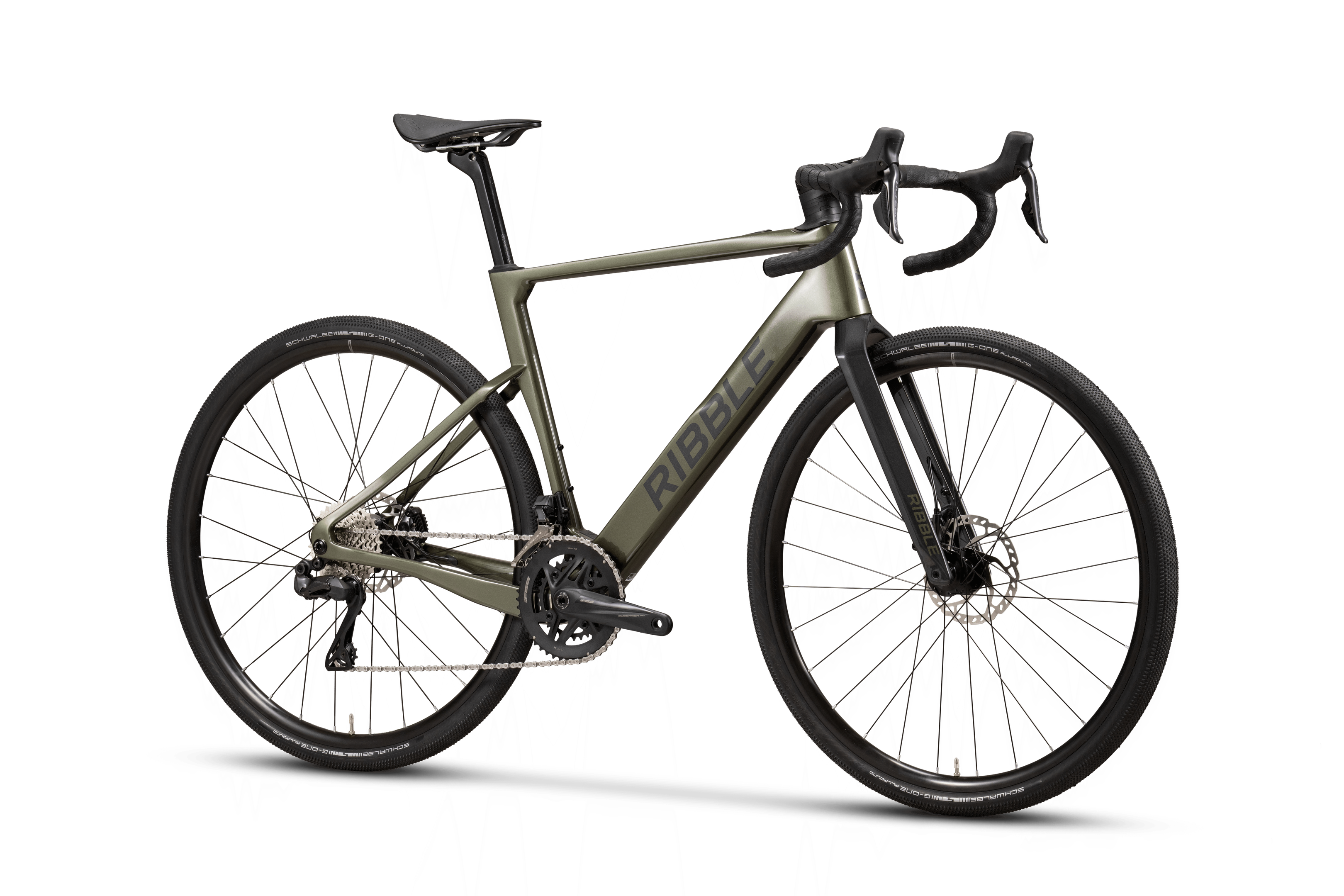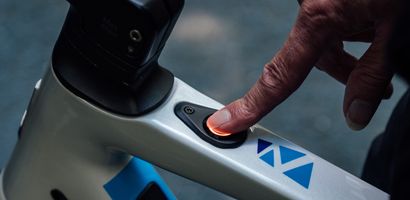
The Electric Bike & Why It's Right For You
Electric bikes have moved beyond novelty. They’re now a smart, sustainable and cost-effective way to travel for short to medium distances. Yet myths still linger about how they work, who they’re for, and whether they’re “cheating.” Time to set the record straight, and show why an e-bike might be the best decision you make.
Why An E-bike?
In a world where costs are rising, we’re all looking for ways to save. E-bikes can replace many short car trips, cutting fuel costs and commuting expenses. In Germany, they’re even outpacing electric cars as a preferred transport choice.
They’re also kinder to the planet and great for your health. Regular riding boosts both physical and mental wellbeing and an e-bike makes it easier to ride more often, further, and with less stress.
What Is An Electric Bike
The most common type is a pedal-assist bike (Pedelec). You ride it like any normal bike, but a compact motor adds up to 250W of extra power when you pedal. It doesn’t do the work for you, it simply amplifies your effort.
Our Ribble e-bikes use MAHLE’s advanced X20 and X35 SmartBike systems, some of the lightest and most discreet on the market. With the battery hidden inside the downtube and the motor tucked into the rear hub, you get the performance without the bulk. The X35 system weighs just 3.5kg complete, the X20 even less at 3.2kg.
Choose from three assistance levels (low, medium, or high) to match your terrain or conserve battery for all-day rides.
Who Can Benefit From an E-Bike?
- New riders – Build fitness at your own pace and conquer climbs without fear.
- Returning cyclists – Ease back in after time away, illness, or injury.
- Group riders – Keep up with faster friends and enjoy the ride together.
- Commuters – Arrive fresher, save on travel costs, and skip the traffic.
No matter your starting point, you control the effort. Dial up the power when you need it, or switch it off entirely for a full workout.
Cost & Value
Affordability
Cost is the biggest and most prohibitive factor facing most people considering an e-bike purchase. While prices have decreased substantially in recent years, you can still reasonably expect to pay in the region of £2000+ for one. Of course, you can always find electric bikes that cost less than £1000.
However, it should be noted that they are often built using budget components that will wear out in pretty short order. So any savings you make in the initial outlay may be swallowed up by maintenance costs and replacement parts. They are also liable to weigh about as much as a small family car, which makes riding them without power assistance almost impossible.
Spending somewhere in the region of £2000 assures you of a good quality bike with a tried-and-trusted motor system. Ribble e-bikes, for instance, start from as little as £1799. For this, you are getting one of the lightest and most cutting-edge electric bikes available today.
Heavy Metal
Oh, and did we mention that Ribble offers the lightest range of electric bikes in the world? With builds starting from as little as 10.5 kg, even our electric hybrid models only weigh in at about the 12 - 15 kg mark. To put this into context, that's about the same as most of the hybrid bikes that many commuters and recreational cyclists first start their cycling adventures on.
Compare this to many similar e-bikes in its class, and you will find that they can often weigh as much as 20 - 30 kg. That's a whole lot of excess weight to be lugging around. Opting for a much lighter e-bike means you can choose to ride with assistance on or off. Dialling down the assistance or turning it off entirely preserves the battery power, letting you ride farther and for longer.
Cycle to Work
The government has also realised the benefits that the e-bike offers to the population and the planet. As a consequence, they amended the rules of the Cycle to Work Scheme to make buying an e-bike more affordable. Previously the scheme was capped at £1000, meaning you could only make savings of 25-39% on this amount.
However, in 2019 this cap was lifted. In doing so, e-bikes became instantly more affordable, allowing employees to obtain one and spread the cost via monthly deductions from their salary. Not only does the scheme now allow e-bike's to be purchased but it also means that the only limit is that set by your employer.
You can find more details about the scheme and how it works here.
Common Myths Debunked
Do you know how electric bikes work? If not, then you're not alone; fully 65% of people recently surveyed stated that they were unsure how they worked. You may even have read or been offered incorrect information regarding electric bikes. Here, we set the record straight about some of the most common myths surrounding e-bikes.
The motor engages at the push of a button, and you do not have to pedal. Absolutely and conclusively false: Any e-bike must be fitted with a pedal-assist motor system (pedelec) to ride on UK roads. The bike must be propelled by the rider at all times and not use motor power alone. When activated, the motor delivers an extra boost to your pedal stroke. However, just like any conventional bike, when you stop pedalling, it will come to a stop.
You need to have a licence to ride one
Again false. A pedal-assisted e-bike falls into the same category as any other bicycle. Therefore, a licence is not required. (However, we advise you to check your local laws/regulations if you reside outside the UK).
You need insurance to ride one
False. There is no requirement to take out insurance for an e-bike. Though we highly recommend taking out some form of third-party insurance from companies like Pedalsure or British Cycling. It is by no means a legal requirement. However, it does provide an extra form of protection in the event of an accident.
FAQ's
Do I need to tax the bike?
Absolutely not. The tax you pay on your car (vehicle excise duty) is based on emissions, and your bike has zero emissions. You might, but the bike does not!
Do electric bikes require specific charging points like cars?
Not at all. You can charge up your electric bike from any household power socket. Simply plug it in at home or work to recharge. If you wanted to, you could even take your charger with you and ask to charge it at a friendly café stop (with the owner's permission, of course!).
Will I have full control over the bike?
Absolutely. You might say it's like riding a bike… because it is! You can activate the assistance or deactivate it at the push of a button. Additionally, because it is a pedal-assist system, even if you stop pedalling, the bike will come to a stop just like any other bike.
Can I ride it in the rain?
All electric components used on our e-bikes are either IP57 (X20) or IP54 (X35) rated. They can be used when the weather is inclement and, to this end, are splash-proof. They should not be fully immersed or subjected to pressurised water from a hose pipe or jet wash*.
*Subject to guidelines being followed in the user manual; this includes closing the charging port cover, not power washing the bike, submerging the bike during rides etc.
Meet The Fleet
ALLROAD SL R e
Stealthy electric assistance and world-class carbon construction. Built on our Allroad SL R race-ready platform, with up to 140 km of range and incredibly lightweight from 11.8 kgs. All the e-bike performance, none of the compromise.
ALLROAD E AL
With a sleek carbon-inspired design and a natural-feeling e-drive, the ALLROAD E AL brings stealthy power and everyday versatility to a premium aluminium platform. Built for real-world roads and year-round riding, it’s confident, comfortable and ready for anything.
Hybrid AL e Trail
Combining market-leading e-bike technology with fully integrated features, the Hybrid AL e is designed for smooth, fast, and fun exploration wherever your next adventure takes you.
ALLGRIT E AL
Built for riders who want the confidence to go further, ALLGRIT E AL is a natural-feeling electric gravel experience. Light, capable and ready for anything, it means you can bring more to every ride.
ALLGRIT E CARBON-X
Light, fast and beautifully integrated, ALLGRIT E CARBON-X is our most advanced e-gravel bike. It’s made to take you further, climb higher and ride longer with power that feels natural.
CGR E AL
All the versatility of CGR, plus electric assist when you want it. For Commute-Gravel-Road - powered by MAHLE X30. Stealthy, light and ready to go.
CGR E CARBON-X
CGR taken to a new level, the E Carbon-X is a premium,integrated e-bike for commute-gravel-road and everythingin between.A super-lightweight carbon bike with internal routing and Mahle X20 power. It’s capable of anything you are.
We hope you found this article useful; if you have any further questions about our range of electric bikes, why not get in touch with one of our Live In-Store Experts. Or, if you live in close proximity to one of our five state-of-the-art showrooms, why not pop in for a chat? You can view the bikes in person and enjoy a world-class retail experience.
Still not sure? Take a look at our Electric Bike Buying Guide.
Explore our full range of electric bikes.

